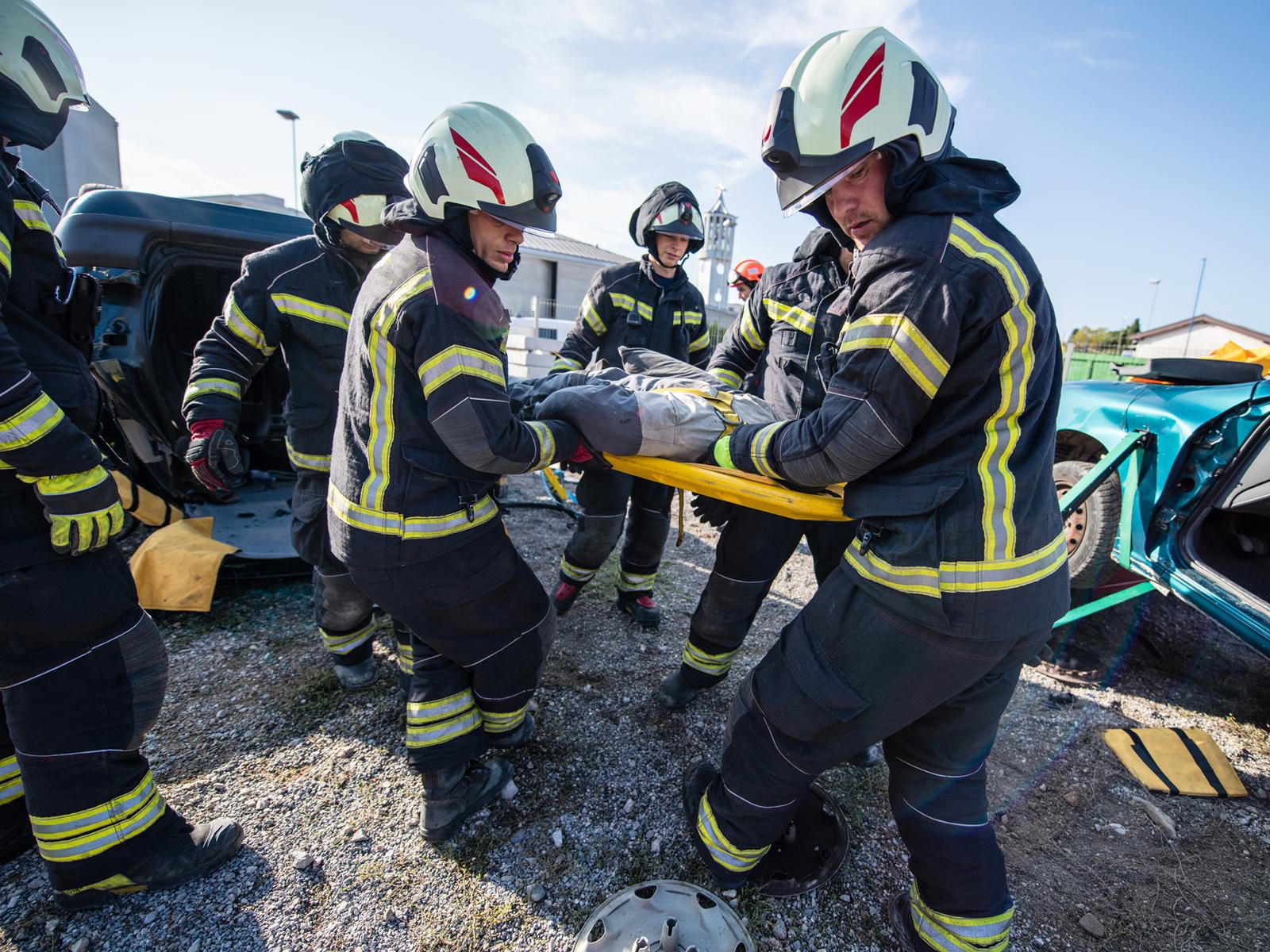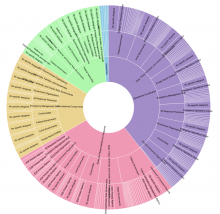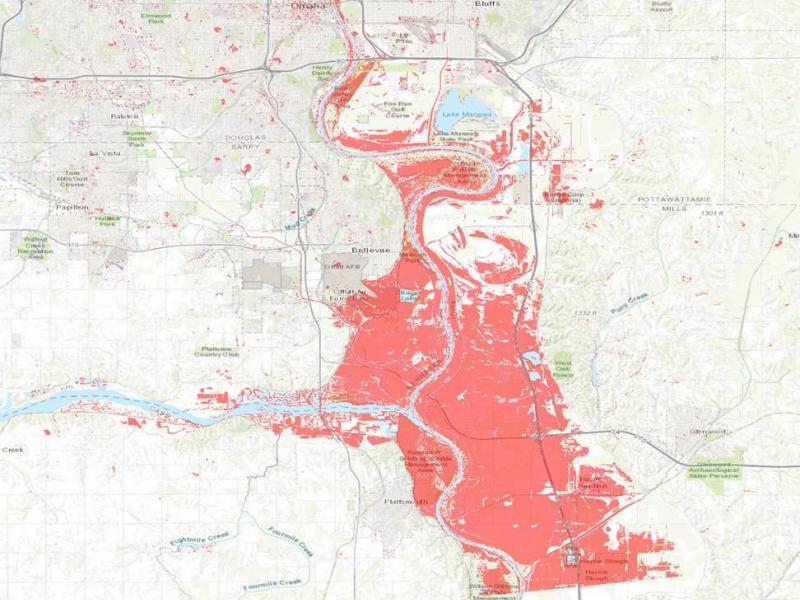
National Response Framework Policy Landscape Analysis Tool
National Response Framework Policy Landscape Analysis Tool
PNNL scientists designed a tool to visually explore the National Response Framework.

NRF-PLAT allows users to explore the National Response Framework that guides national response to all types of disasters and emergencies.
(Photo by Alena Paulus | istock.com)





